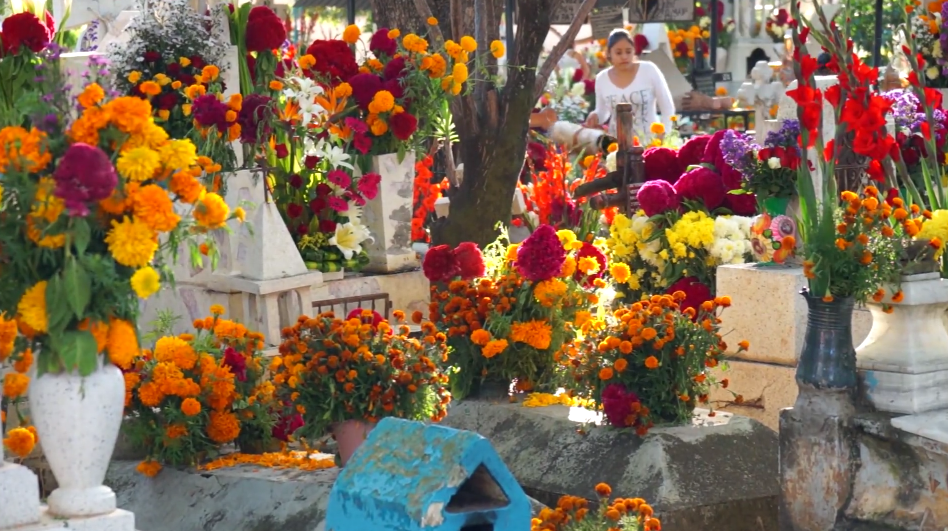10 things to know and misconceptions about Dia de los Muertos, or Day of the Dead

*One of the things not on the list is that in Mexico, where the celebration originated, the word “los” is not in the name, it’s simply Dia de Muertos. Here in the U.S. we’ve added “los” for reasons unkown to me. VL
By Cassandra Jaaramillo, Dallas Morning News (4.5 minute read)
Dia de los Muertos, or Day of the Dead, which spans Nov. 1 and 2, is a tradition that’s been celebrated for thousands of years, tracing back to indigenous tribes in Mexico.
As the Latino population grows in Dallas and elsewhere, it’s become more mainstream and is lumped in with Halloween festivities. But unlike Halloween with its costumes and candy, the belief behind Dia de los Muertosis that deceased loved ones are given an opportunity to be back with their families.
Major retailers have included Dia de los Muertos decor alongside their Halloween jack o’lanterns, and YouTube videos on how to do sugar skull makeup are uploaded by the dozens.
Here are 10 things to know about Dia de los Muertos — including some misconceptions.
1. It’s absolutely not a “Mexican” Halloween.
Yes, there are many Latinos who celebrate Halloween. But when it’s Nov. 1, the festivities that take place are not an extension of trick or treating from the day before.
2. It’s not even celebrated in all of Mexico.
Isabel Montemayor, assistant professor and research associate for the Center of Mexican American Studies at the University of Texas at Arlington, said it is not as common for places in northern Mexico to celebrate, compared with southern Mexico in states such as Michoacan, Oaxaca and Veracruz.
3. It’s not a depressing holiday.
Montemayor said it’s a misunderstanding that the tradition is somber because death is involved. It’s quite the opposite, actually. READ MORE
[Photo courtesy of Bob Krist]

